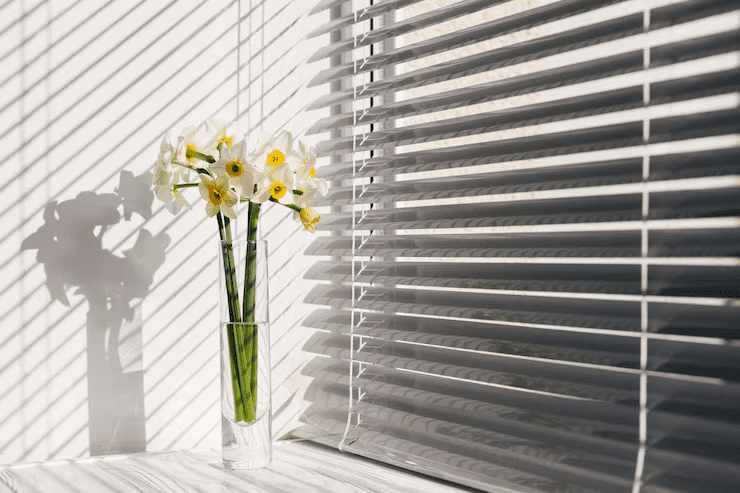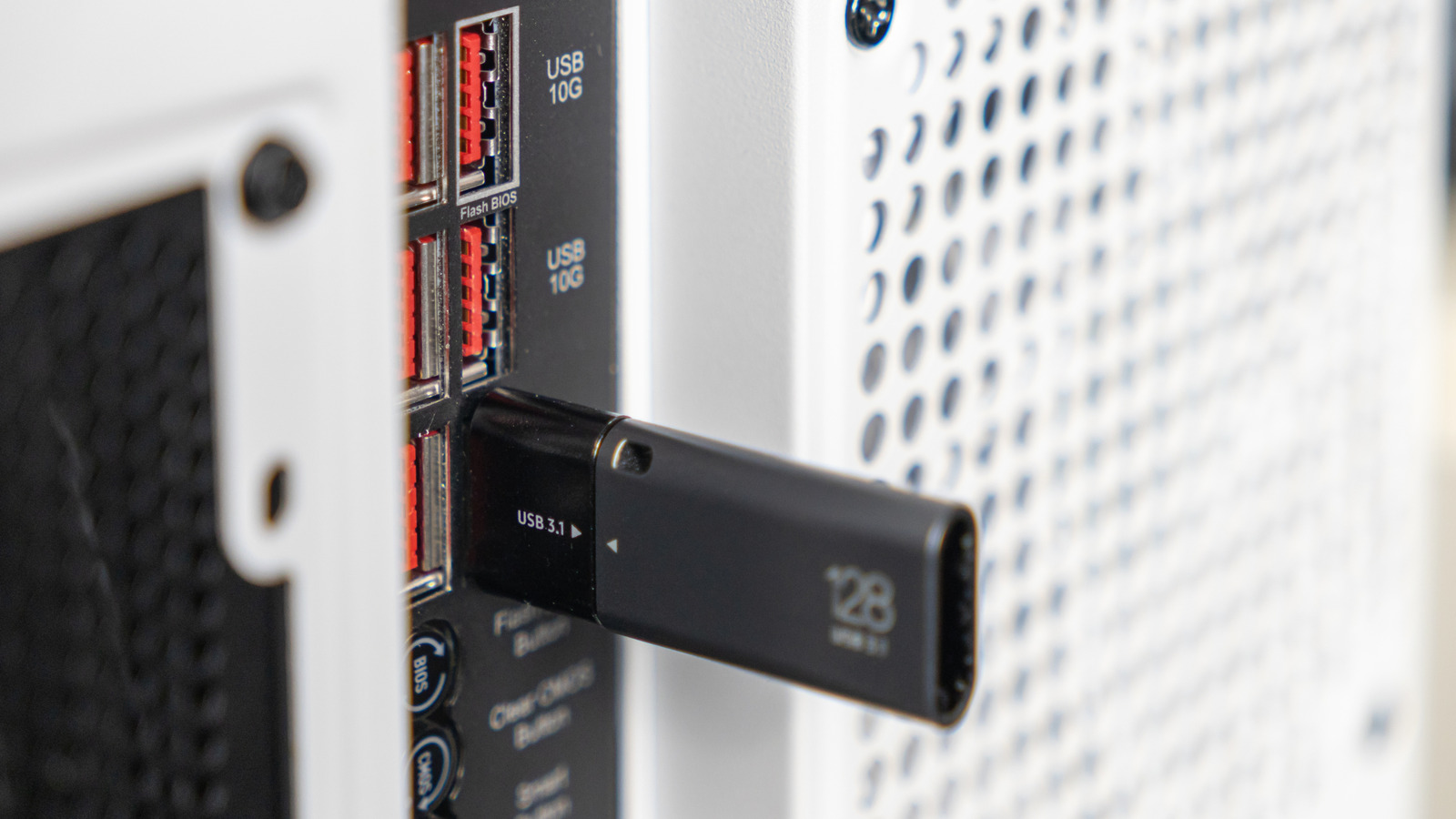The RX1R III uses a 60MP full-frame BSI CMOS sensor, one that’s capable of capturing more detail and handling more aggressive crops versus the 42MP BSI CMOS chip from the RX1R II. It’s overkill for sharing on the web or making anything short of huge prints, but it is very handy for the in-camera crop mode. With a touch of the C1 button, the lens swaps between 35mm, 50mm, and 70mm angles of view, effectively giving it a 2x digital zoom. The cropped photos have fewer pixels, but with 29MP at 50mm and 15MP at 70mm, there are still enough pixels for a detailed image.
RX1R III, f/2, 1/125-second, ISO 125 (Credit: Jim Fisher)
The sensor covers a wide ISO 100-32000 gamut in its native range, with extended options available from ISO 50-102400, with 8-bit JPG, 10-bit HEIF, and 14-bit Raw file formats available. JPG and HEIF images are processed in camera, while Raw images are intended to be processed with either desktop or mobile editing software; I use Adobe Lightroom Classic as our standard for reviews. Enthusiast and pro photographers have the know-how to edit Raw images and tend to prefer them to JPGs as they provide more leeway to adjust color and exposure. If you prefer a creative look out of the camera, the RX1R III offers Sony’s current set of picture profiles, which include the typical set of looks (Standard, Vivid, Portrait, Black and White, and others), along with stylized looks for a Film aesthetic (FL, FL2, FL3, and Instant).

RX1R III, f/2, 1/125-second, ISO 160 (Credit: Jim Fisher)
The sensor does a good job controlling noise in its lower register, as JPG photos show excellent detail and little visible grain from ISO 100-1600. Details are a little softer at ISO 3200-6400, but I still count picture quality as excellent there. The noise starts to cut into detail noticeably and smudge details at ISO 12800-25600, and results are blurry at ISO 51200-102400. You’ll have some leeway to apply noise reduction to taste to better balance detail with grain if you opt for Raw capture.

RX1R III, f/2, 1/1,600-second, ISO 100 (Credit: Jim Fisher)
The RX1R III’s lens dates back to the original 24MP RX1, but proves sharp enough to handle a 60MP sensor. At its center, the lens scores in the outstanding range at its maximum aperture (5,700 lines), though its edges and corners aren’t as clear and bring the average score down into the excellent range for a 60MP chip (4,400 lines). In most cases, depth of field will blur away edges at f/2 optically, so you’ll want to stop down to f/4-11 to get crisp edges for landscapes, architecture, and other scenes where edge and corner sharpness matter.

RX1R III, f/2, 1/400-second, ISO 100 (Credit: Jim Fisher)
The lens loses quite a bit of resolution at f/16-22, an unavoidable consequence of optical diffraction, the physical effect that causes light particles to scatter as they pass through a narrow diaphragm. You may still want to use these settings, as they also cause diffraction spikes, commonly called sunstars. The RX1R III’s lens uses a 9-blade aperture that draws dramatic 18-point sunstars. Their edges aren’t as clearly defined as with ultra-wide lenses like Sony’s fantastic FE 12-24mm F2.8 GM, but I like the effect for landscape scenes regardless.

RX1R III, f/5.6, 1/3,200-second, ISO 100 (Credit: Jim Fisher)
Detail is important, but it’s not the only thing that matters in optics. You’ll want to make sure that Distortion Correction is enabled in the menu to remove some modest geometric barrel distortion from JPG or HEIF pictures, and ensure that you’re using a correction profile to do the same if you are using the camera for Raw format photos. Without corrections, the camera shows a slight barrel bulge. I didn’t spot much of a vignette in open aperture images at f/2, which is a typical area of concern for bright lenses.

RX1R III, f/2, 1/125-second, ISO 100 (Credit: Jim Fisher)
I do see some false purple and green color around bright specular highlights just off the plane of focus, a form of longitudinal chromatic aberration (LoCA). This type of false color is difficult to get rid of, and while it doesn’t rise to a problematic level, it’s there. If you catch a scene where LoCA is distracting, you can lessen the effect by using a small aperture—if you’ve got bright light reflecting off the surface of water, for instance, stop down to f/4 or smaller and you’ll see far less false color around those reflections than at f/2-2.8.

RX1R III, f/2, 1/125-second, ISO 1250 (Credit: Jim Fisher)
My discerning eyes also spot some flaws in the bokeh. The 35mm F2 blurs backgrounds readily, especially when focusing close, but the look of the blur trends slightly toward the frenetic. Defocused highlights show bright, hard edges and false onion skin texture, a combination that lends itself to characterful backgrounds in many scenes. I notice it most often in scenes with foliage, bare branches, and other repeating patterns behind the subject. Whether this bothers you is a matter of personal preference. I personally tend to like characterful bokeh as it adds some texture to scenes, but others prefer clean, smooth bokeh.

RX1R III, f/6.3, 1/4-second, ISO 100 (Credit: Jim Fisher)
I noticed some false color when taking photos against a strong backlight, most evident when the light source is just outside or toward the edge of the scene. The lens doesn’t lose much (if any) contrast in these scenes, but internal reflections create areas of false color, the ghosting effect. These ghosts aren’t well-formed at wider apertures, but are quite visible when the iris is closed down to f/5.6-22. It’s worth it to play with your angle of approach to minimize the ghosts.

RX1R III, f/2, 1/250-second, ISO 100 (Credit: Jim Fisher)
Neither the lens nor the sensor includes stabilization, which puts the RX1R III behind the Leica Q3 and Q3 43’s in-lens stabilization and the Fujifilm X100VI and Ricoh GR IV’s sensor-shift stabilization for scenes. In Program and Aperture Priority, the RX1R III defaults to a 1/125-second or shorter shutter speed, which is more than enough to compensate for typical hand shake. Part of this comes down to the photographer, but I see some evidence of blur at 1/30-second or longer for typical handheld snapshots.

RX1R III, f/5.6, 1/6-second, ISO 100 (Credit: Jim Fisher)
I tried some long exposures too, a technique I often employ for scenes with flowing water. I stretched the shutter to 1/6-second by bracing the camera down on a wooden fence rail and got sharp detail in still parts of the scene. I tried some 1/4-second snaps for a waterfall scene from a seated position and can see shake-induced motion blur in still objects. If you love taking long exposure images and don’t want to carry a tripod, a stabilized camera is a better choice. I’ll also note that the RX1R III does not include an in-lens neutral density filter like the Fujifilm X100VI and Ricoh GR IV, so you’ll want to pick up a 49mm front filter to reduce incoming light. I used a K&F Concept ND2-400 filter with the camera for long exposures and for f/2 photos on a bright autumn day.









